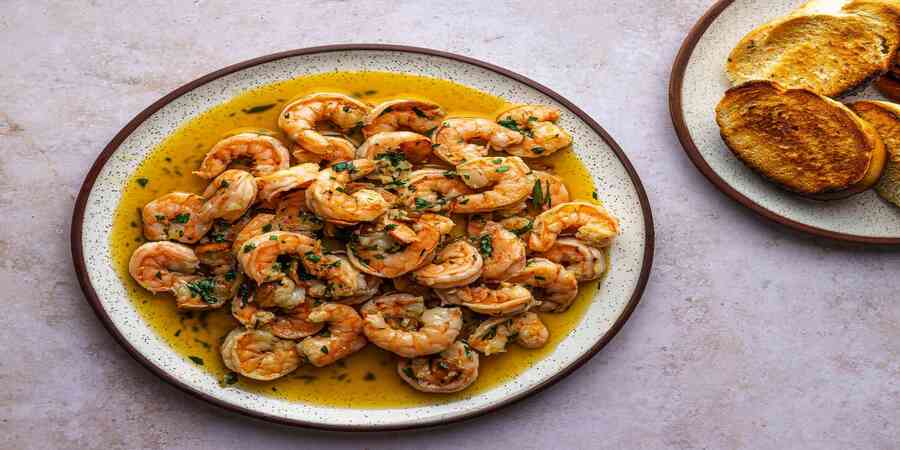The Camino del Norte route along the Camino de Santiago is filled with breathtaking landscapes and rich cultural experiences. One of the highlights of this pilgrimage is undoubtedly the food. The route guides pilgrims through the culinary delights of San Sebastián and Bilbao, both home to an array of Michelin-starred restaurants. This blog will delve into the regional dishes, food recommendations, and dining experiences that define the Camino del Norte.
The Region: A Culinary Overview
The Camino del Norte runs along Spain’s northern coast, from San Sebastián to Santiago de Compostela. This region, known for its lush green hills and stunning coastline, boasts a unique culinary identity. Fresh seafood, local produce, and traditional recipes combine to create a vibrant food culture.
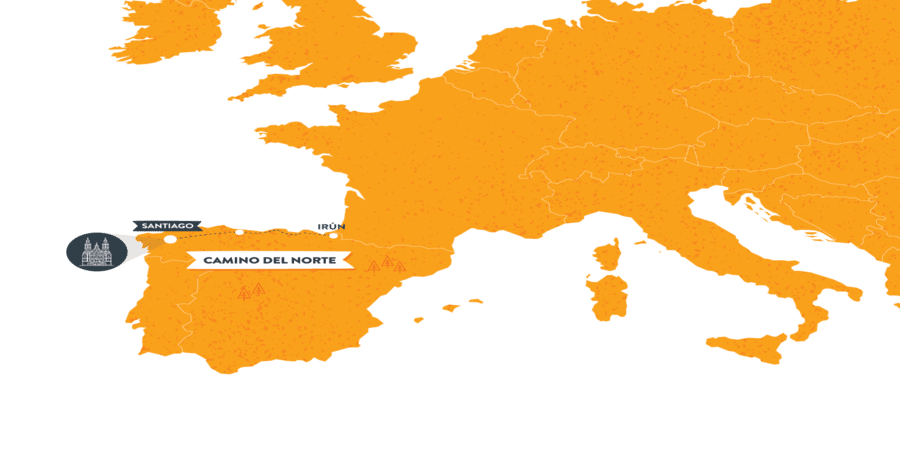
Seafood: A Coastal Treasure
Being near the Atlantic Ocean, seafood plays a central role in the diet of this region. You’ll find a variety of fish and shellfish on most menus. Common choices include:
- Bacalao, or salted cod, is a popular ingredient in Spanish cuisine. It is often prepared in stews or grilled, offering a rich, savoury flavour. This versatile fish can be found in traditional regional dishes, showcasing local culinary techniques and ingredients.
- Pulpo a la Gallega, or Galician octopus, is a celebrated dish from the region. The octopus is expertly cooked to a tender texture and then seasoned with smoky paprika and a drizzle of olive oil. Traditionally served on wooden plates, this dish often includes slices of boiled potatoes, making it a beloved favourite among both locals and pilgrims alike. It highlights the rich flavours of Galician cuisine.
- Mejillones, or mussels, are a staple in coastal Spanish cuisine, prized for their fresh and salty flavour. Typically steamed to perfection, they are often served with a drizzle of high-quality olive oil and a squeeze of fresh lemon juice, enhancing their natural taste. This simple yet delicious preparation allows the mussels to shine, making them a popular dish in tapas bars and seafood restaurants throughout Spain, where they are enjoyed by locals and visitors alike.
The freshness of the seafood is unparalleled. Many pilgrims enjoy meals at local bars and restaurants, where they can savour the day’s catch.
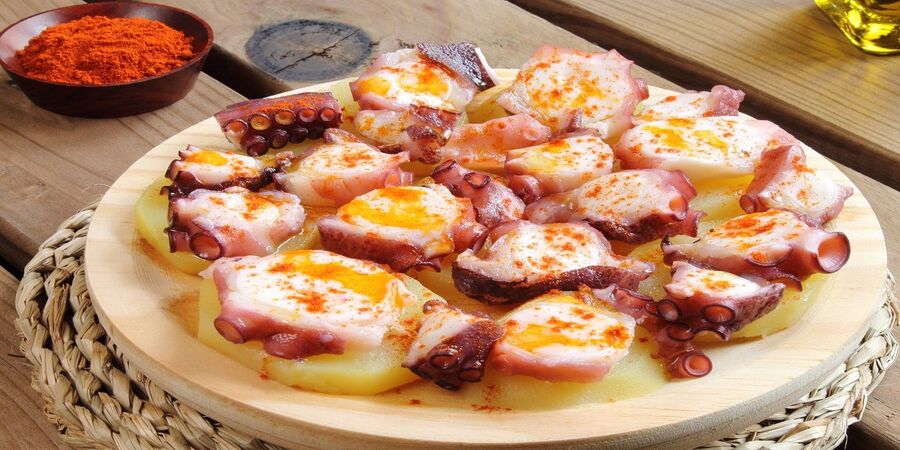
Regional food along the Camino del Norte
The Camino del Norte winds through various towns and cities along Spain’s Northern Coast, each boasting its own distinctive dishes and local specialities. Below, we will delve into the culinary offerings from San Sebastián, Bilbao, Santander, and Gijón.
Food Recommendations for San Sebastián
San Sebastián, renowned for its culinary excellence, is a gastronomic paradise where visitors can savour diverse dishes and local specialities. With its vibrant food scene, the city is famous for pintxos—small, flavourful bites served in bars—alongside fresh seafood and innovative Basque cuisine that highlights the region’s rich culinary traditions.
- Pintxos: Small snacks served on skewers or bread, perfect for sharing. Try a variety from local bars.
- Seafood: Fresh catches like anchovies, squid, and hake are staples. Look for dishes like chipirones (fried baby squid).
- Txuleta: A thick, grilled T-bone steak, typically served rare. It’s a true Basque treat.
- Gambas al Ajillo: Sizzling garlic shrimp, a flavourful and aromatic dish often served with crusty bread.
- Tarta de Santiago: An almond cake dusted with powdered sugar and the Cross of Santiago, perfect for dessert.
These dishes capture the essence of San Sebastián’s vibrant food scene. San Sebastián is a popular starting point for the Camino del Norte.
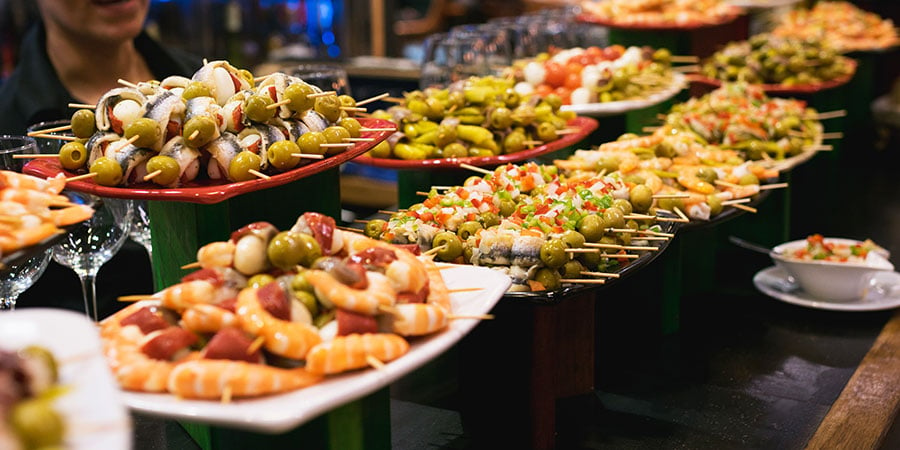
Food Recommendations for Bilbao
Bilbao, a vibrant city in the Basque Country, is celebrated for its rich culinary scene, which reflects tradition and innovation. The city’s bustling markets and tapas bars offer a delightful variety of flavours, showcasing fresh, locally sourced ingredients and unique regional dishes that highlight the area’s culinary heritage. From hearty stews to exquisite seafood, Bilbao is a food lover’s haven, making it essential for visitors to explore the must-try foods that capture the essence of Basque gastronomy.
- Pintxos: In the lively bars of the old town, sample an array of these delicious small bites, often featuring local ingredients.
- Bacalao al Pil-Pil: Salted cod prepared in a garlic and olive oil emulsion, a classic Basque dish full of flavour.
- Chistorra: A thin, spicy sausage typically grilled or fried, perfect for enjoying with bread.
- Marmitako: A traditional fisherman’s stew made with tuna, potatoes, and peppers, ideal for a hearty meal.
- Gâteau Basque: A delicious cake filled with almond cream or cherry jam, perfect for dessert.
These dishes highlight the unique flavours of Bilbao’s culinary landscape. Bilbao is popular starting point when beginning your Camino del Norte.

Food Recommendations for Santander
- Sobaos Pasiegos: Soft, sweet sponge cakes, perfect for breakfast or a snack, often enjoyed with coffee.
- Anchovies from Santoña: Renowned for their quality, these salty anchovies are often served with bread or as part of pintxos.
- Rabas: Crispy fried calamari, a popular tapa that pairs well with a cold drink.
- Cocido Montañés: A hearty stew made with beans, cabbage, and various meats, perfect for colder days.
- Tarta de Tres Leches: A moist sponge cake soaked in three types of milk, making for a deliciously sweet dessert.
These dishes beautifully showcase Santander’s rich maritime heritage and the distinct local flavours that define the region’s culinary identity. As a popular starting point for those embarking on the Camino del Norte, Santander invites pilgrims to immerse themselves in its vibrant food scene, setting the stage for an unforgettable journey along the northern coast of Spain.
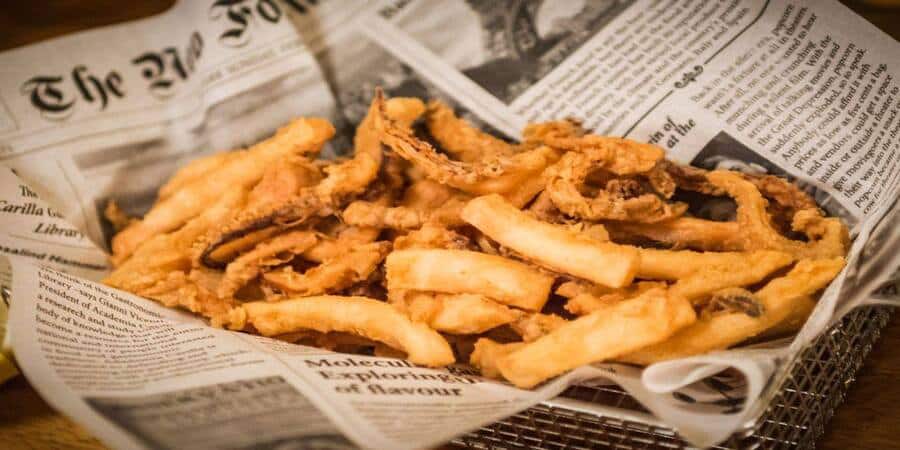
Food Recommendations for Gijón
Gijón, a charming coastal city in Asturias, is known for its delicious cuisine, which showcases the region’s agricultural and maritime heritage. Famous for traditional Asturian cider, visitors can enjoy local specialities like fabada asturiana and cachopo. Gijón’s vibrant food scene invites everyone to savour the authentic flavours of Asturias.
- Fabada Asturiana: Hearty bean stew made with white beans, chorizo, and black pudding. It is perfect for a filling meal.
- Cachopo: A popular dish featuring two breaded beef fillets filled with cheese and ham, often served with fries.
- Pimientos de Padrón: Small green peppers sautéed in olive oil and sprinkled with salt; most are mild, but some can be spicy.
- Arroz con Leche: A creamy rice pudding flavoured with cinnamon and lemon, a beloved dessert in the region.
- Asturian Cheese: Don’t miss trying local varieties like Cabrales, a strong blue cheese, or Afuega’l Pitu, a unique soft cheese.
Furthermore, these dishes highlight the rich culinary heritage of Gijón and the Asturias region, reflecting the area’s abundant local ingredients and traditional cooking methods. Each meal serves as a delicious testament to the unique flavours and time-honoured recipes cherished by Asturias, offering a true taste of the region’s culture and history.
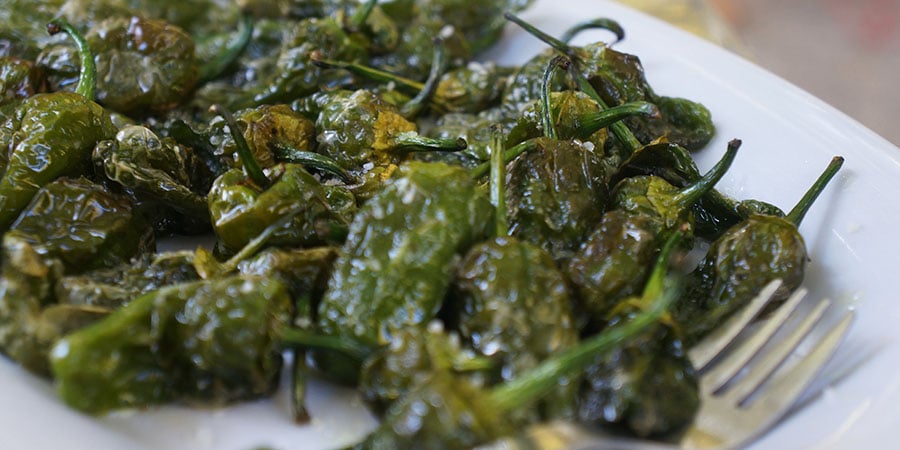
Tarta de Santiago
Additionally, make sure you don’t miss the Tarta de Santiago for dessert. This almond cake, flavoured with lemon zest, is a refreshing delight. Chefs typically dust it with powdered sugar and often place the Cross of Santiago on top.
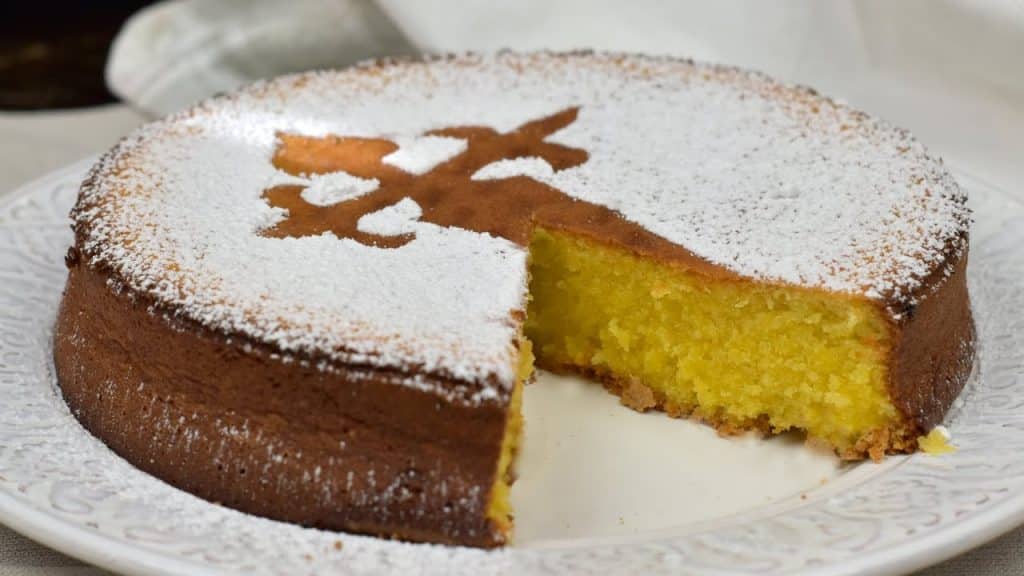
Dining Experiences
Dining along the Camino del Norte is not merely about eating; rather, it’s an enriching experience. Consequently, many pilgrims stop at local taverns and restaurants that beautifully reflect the region’s charm.
Menú del Día
Indeed, many restaurants provide a menú del día, a fixed-price menu with several courses. It typically includes appetisers like local cheeses, main courses like fish or stews, and desserts like Tarta de Santiago or flan. This is not only a cost-effective way to experience the local cuisine but also allows you to enjoy a hearty meal.
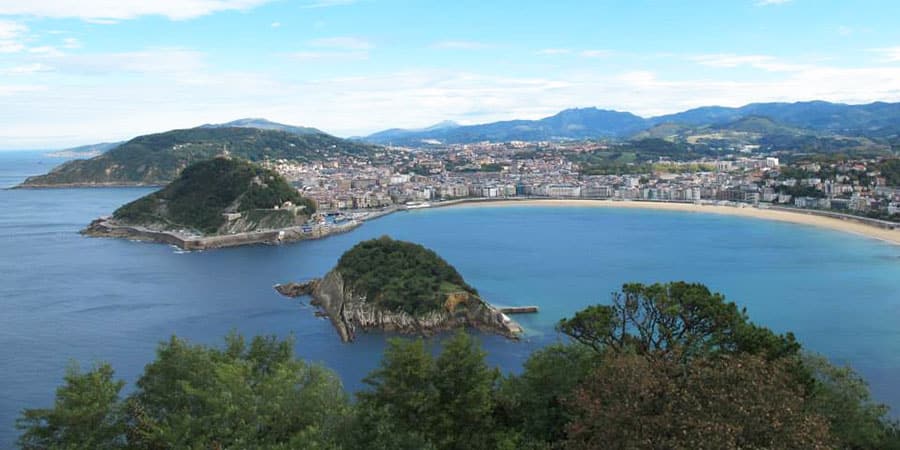
A Culinary Journey
Walking the Camino de Santiago is an unforgettable experience, especially along the Camino del Norte, where food is a significant part of the journey. From fresh seafood to hearty stews, the regional cuisine reflects the culture and history of northern Spain.
Indulge in local dishes and savour each meal. Food on the Camino is not just sustenance; it’s an integral part of the pilgrimage experience. Bon appétit!
For more information about the Camino de Santiago routes or to book your Camino trip, contact us.
